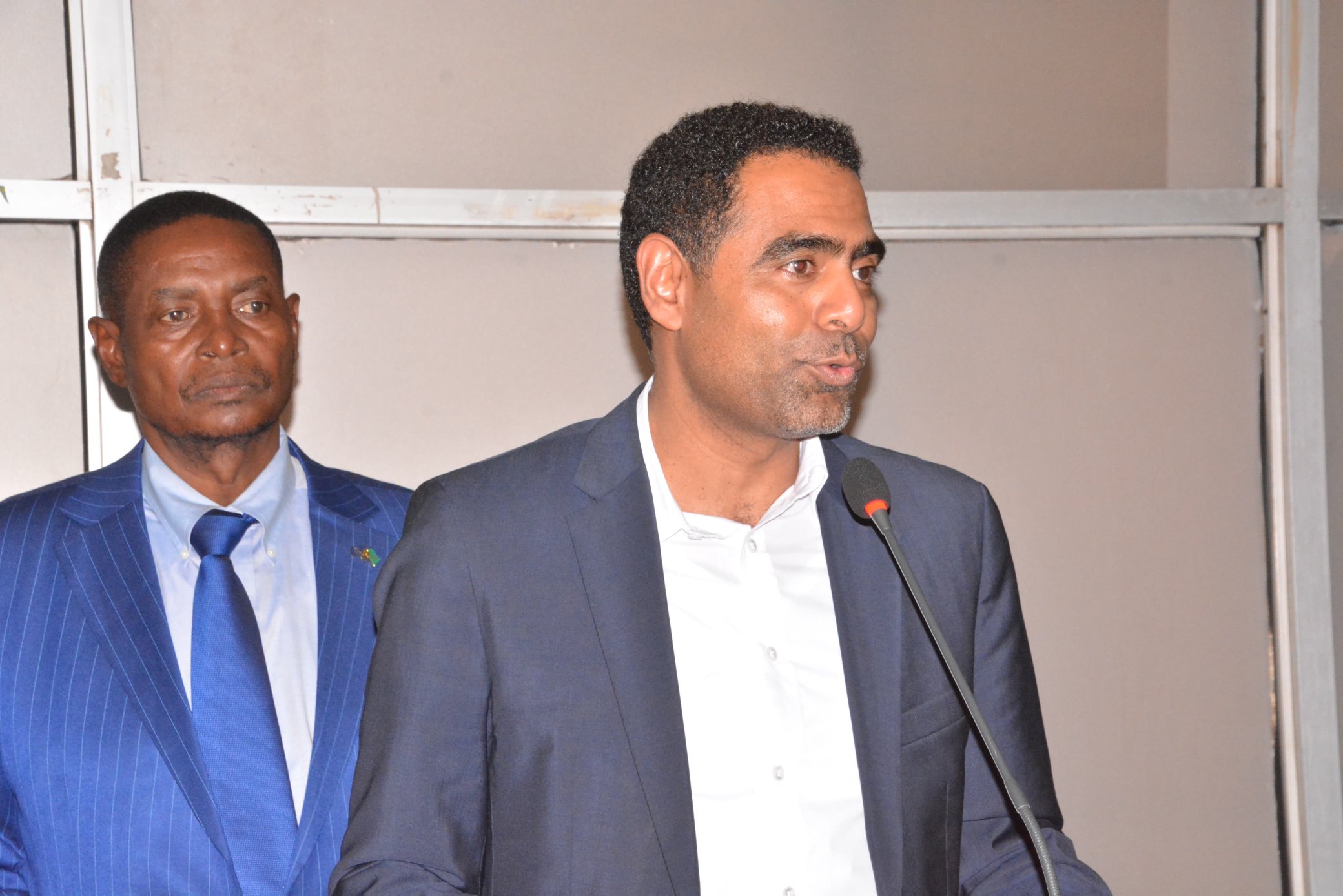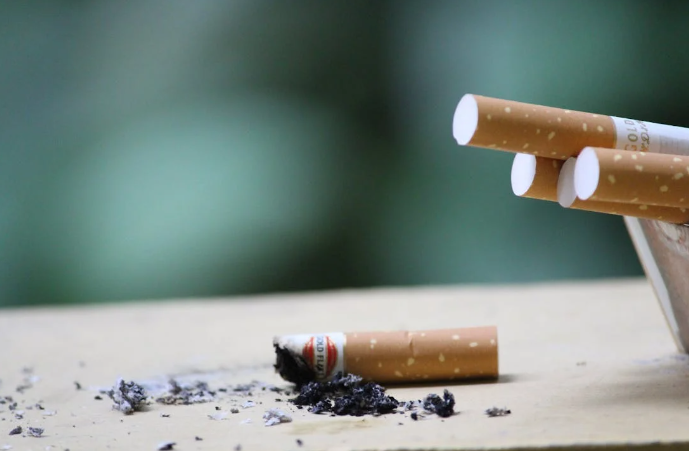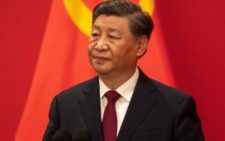Right to protest does not mean licence to destroy property

In Kenya, the right to picket, protest, or demonstrate is enshrined in the Constitution under Article 37, a powerful testament to the country’s commitment to freedom of expression and assembly.
This right is a cornerstone of democracy, allowing citizens to voice dissent, demand accountability, and push for change.
From the anti-finance bill protests of 2024 to historical movements like the Saba Saba demonstrations, Kenyans have long exercised this right to challenge systemic injustices.
However, a pressing question looms large: does this constitutional freedom justify the destruction of property during protests? The answer is a resounding no.
While the right to protest is sacrosanct, the deliberate destruction of property—public or private—undermines the very cause protesters claim to champion, alienates potential allies, and fuels chaos over progress.
Protests are a legitimate tool for amplifying marginalised voices and holding power to account. Kenya’s history is replete with examples of demonstrations that have shaped the nation’s trajectory.
The 2024 protests against the Finance Bill, largely driven by Gen Z, showcased the power of collective action, forcing the government to reconsider punitive tax proposals.
These protests were a vibrant display of democratic agency, with young Kenyans taking to the streets and social media to demand accountability.
However, when protests spiral into vandalism, looting, or arson, they risk losing their moral and political legitimacy.
Destroying property does not amplify a cause; it dilutes it, turning public sympathy into resentment and giving authorities a pretext to crack down with excessive force.
The destruction of property during protests is often justified by some as an expression of frustration or a necessary escalation to draw attention to systemic grievances.
Proponents argue that when peaceful demonstrations are ignored, as they often are by Kenya’s political elite, more drastic measures are warranted.
They point to the destruction of colonial symbols or corporate property as a strike against oppression or exploitation.
While the anger fueling such acts is understandable—born of decades of corruption, inequality, and unfulfilled promises—destruction rarely achieves the desired outcome.
Instead, it shifts focus from the core issues to the spectacle of chaos.
When businesses are looted or public infrastructure torched, the narrative pivots from injustice to lawlessness, allowing detractors to dismiss the protesters’ legitimate demands as mere hooliganism.
Consider the economic toll of such actions. Kenya’s economy, already strained by high debt and inflation, suffers further when protests turn destructive.
Small businesses, often owned by ordinary Kenyans struggling to make ends meet, bear the brunt of looting and vandalism.
During the 2024 protests, reports emerged of shops being ransacked and public property, like roads and buses, being damaged.
These acts don’t hurt the political elite, who are often insulated from the consequences; they harm the very communities protesters claim to represent.
The irony is stark: a movement demanding economic justice ends up inflicting economic pain on the vulnerable.
Data from the Kenya National Bureau of Statistics shows that the 2024 protests disrupted supply chains and cost businesses millions in losses, further straining an economy where unemployment already hovers around 5.7 per cent for the general population and much higher for youth.
The writer is a Communication Consultant.















